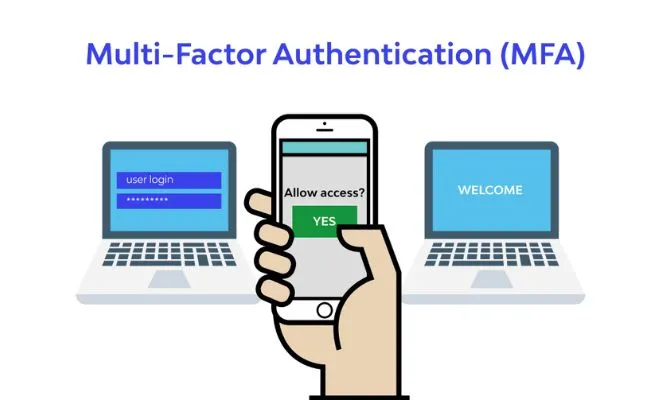Introduction:
In today’s interconnected digital world, safeguarding sensitive information is a top priority. Passwords, while essential, are no longer sufficient to fend off cyber threats. This is where Multi-Factor Authentication (MFA) comes into play, offering an added layer of security that significantly reduces the risk of unauthorized access. By combining multiple verification methods, MFA ensures that even if one defense is compromised, others remain intact.
- What is MFA?
MFA is a security framework that requires users to verify their identity using two or more independent factors. These typically include:
- Something You Know: Passwords or PINs.
- Something You Have: A smartphone, smart card, or hardware token.
- Something You Are: Biometric identifiers like fingerprints or facial recognition.
- How MFA Enhances Security:
By requiring multiple forms of authentication, MFA significantly reduces the chances of unauthorized access. For example, even if a hacker gains access to your password, they cannot log in without a second factor, such as a one-time code sent to your phone. - Implementing MFA:
- Use adaptive authentication, which adjusts security measures based on the risk level, like location or device used.
- Integrate MFA with tools like email, cloud services, and VPNs to secure all access points.
- Educate employees about its importance to ensure smooth adoption across the organization.
- Real-World Benefits:
Organizations that implement MFA report fewer breaches, stronger regulatory compliance, and higher trust from customers and partners.
Conclusion:
Multi-Factor Authentication is more than a security upgrade; it’s a necessity in combating today’s evolving cyber threats. By implementing MFA, businesses and individuals can protect sensitive data, reinforce their network defenses, and foster a secure digital environment. Don’t wait—take your security to the next level with MFA today.


